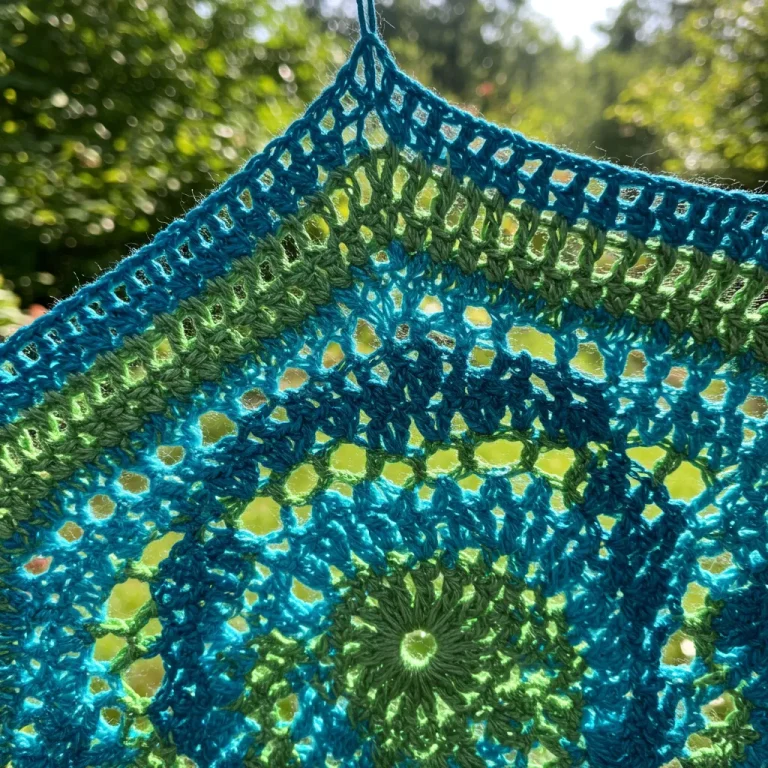Introduction: The Humble Crochet Hook
The crochet hook might seem like one of the simplest tools in the crafting world, but it plays a crucial role in transforming a ball of yarn into intricate designs. Over the centuries, the crochet hook has evolved from a rudimentary tool into an essential crafting item.
The Early History of Crochet Hooks
Crochet itself likely originated in the 16th century, with early hooks made from bone, wood, or even ivory. As the craft spread through Europe in the 19th century, crochet hooks became more standardized, typically made from steel or aluminum. These early hooks were quite basic, with little variation in size or shape.
The Evolution of the Crochet Hook
With the rise of the crochet movement in the 20th century, crochet hooks evolved to accommodate different materials and techniques. Today, crochet hooks come in a variety of materials—including plastic, bamboo, and ergonomic designs—each offering different advantages for comfort and efficiency. The range of sizes and designs allows crocheters to choose the perfect hook for each project.
Conclusion: The Crochet Hook as a Crafting Staple
What began as a simple tool has become a symbol of creativity and craftsmanship. The crochet hook is no longer just a functional item; it’s a key part of the crafting experience, allowing crocheters to turn their vision into reality with each carefully placed stitch.




